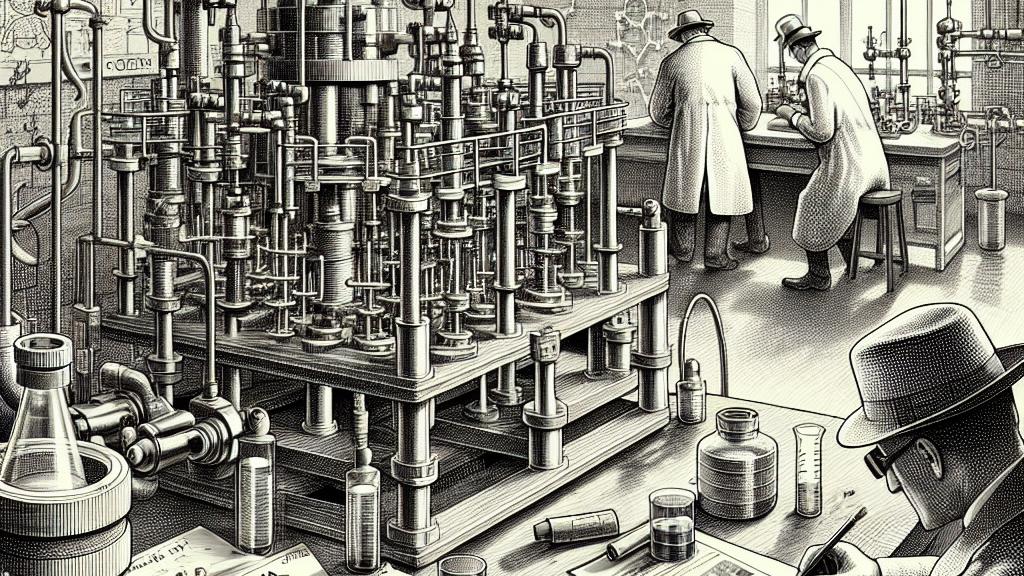Understanding Performance Degradation in Solid Oxide Cells at Atomic Scale
Overview
- Solid oxide electrolysis cells (SOECs) are at the forefront of clean hydrogen production technology.
- Recent studies expose fascinating insights into the nanoscale mechanisms driving performance degradation.
- These findings are vital for developing durable and efficient SOECs, making a substantial impact on renewable energy.

Introduction to Solid Oxide Cells
In South Korea, a team at the Korea Institute of Science and Technology (KIST) is making waves in the clean energy sector by exploring solid oxide electrolysis cells (SOECs). These cells are not just technical gadgets; they are key players in the pursuit of sustainable clean hydrogen production. However, a persistent challenge looms: electrode delamination. This is where things get interesting! Unlike previous research that merely skimmed the surface by observing the final stages of degradation, this pioneering study dives into the atomic realm using advanced transmission electron microscopy (TEM). Picture this: much like a detective peering into the smallest details of a crime scene, the researchers are uncovering how minute changes at the atomic level can lead to significant drops in efficiency. It's a game changer!
Mechanistic Insights into Degradation
The discoveries are nothing short of remarkable. The research team identified that during the oxygen injection process—an essential step for successful electrolysis—oxygen ions cluster at the interface of Yttria Stabilized Zirconia (YSZ). Imagine a bustling crossroads where too many travelers converge; this congestion creates immense pressure, leading to stress on the structure. Consequently, nanoscale defects begin to develop, ultimately manifesting as cracks between the air electrode and the electrolyte. This crucial insight not only reframes our understanding of the degradation process but also opens doors for practical applications. For instance, by clarifying the relationship between these early defects and overall cell performance, researchers can create targeted strategies to mitigate degradation. It’s like finding a leak before it turns into a flood, providing a proactive approach to enhancing longevity.
Future Directions and Applications
The implications of this research stretch far beyond theoretical discussions. By understanding the underlying nanoscale mechanisms of degradation, scientists are now inspired to innovate materials capable of withstanding extreme operational temperatures—think temperatures above 600°C. This breakthrough could dramatically improve the stability and longevity of SOECs. Moreover, partnerships between researchers and industry aim to revolutionize the mass production of these high-performance electrolysis cells. This isn’t just about science—it’s about envisioning a future where clean hydrogen is not only efficient but also affordable for all. Dr. Hye Jung Chang passionately highlights that discovering these complex mechanisms at an atomic scale is crucial for developing strategies that significantly enhance both the durability and efficiency of SOECs. Thus, this research not only contributes to the field of clean energy but also propels us toward a sustainable future where renewable energy can thrive.

Loading...